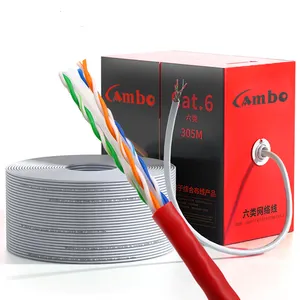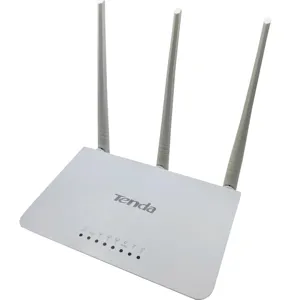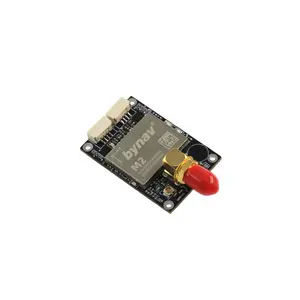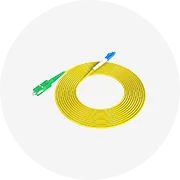Beliebt in Ihrer Branche



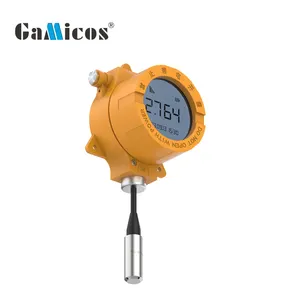

GLT5081 4G Wireless Wasser Kraftstoff tank Flüssigkeits stands ensor Sender
246,48 €
Mindestbestellmenge: 1 Stück






Smart TLC-2206 Ultraschalls ensor Drahtloser mobiler Wassertank-Füllstand detektor Wasserstands sensor Alarm Fern behälter monitor
Sofort lieferbar
23,26 €
Mindestbestellmenge: 5 Stück
Versand pro Stück: 7,51 €







Ultraschall-Wasserstands ensor Atech hochgenauer Ultraschall-Tiefwasser-Flüssigkeits stands ensor
45,58 € - 110,69 €
Mindestbestellmenge: 1 Stück







Hohe Genauigkeit Ultraschall wasser level sensor drahtlose ölstand sensor wifi
Sofort lieferbar
18,61 € - 23,26 €
Mindestbestellmenge: 5 Stück
Versand pro Stück: 5,08 €


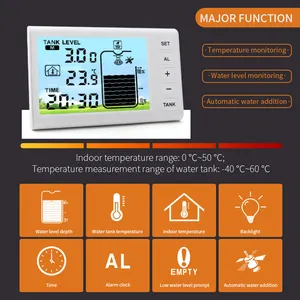



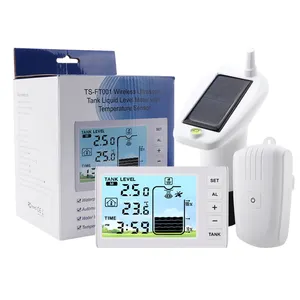
Ultrasonic tank level depth gauge level sensor support tank level high / low alarm
Sofort lieferbar
44,52 € - 46,51 €
Mindestbestellmenge: 1 Stück
Versand pro Stück: 13,84 €







Ultraschall-Füllstand messer Hochpräziser Ultraschall-Flüssigkeits tiefen messer rs485 Ultraschall-Abwasser wasserstands ensor
45,58 € - 110,69 €
Mindestbestellmenge: 1 Stück







IP68 Tragbarer Tiefenmess-Ultraschall-Flüssigkeits stands ensor
186,03 € - 558,07 €
Mindestbestellmenge: 1 Stück






Ultraschall-Kraftstoffs ensor ohne Display unterstützung Verschiedene Plattform protokolle mit tragbarem GPS-Tracker-Kraftstoffs ensor
45,58 € - 52,09 €
Mindestbestellmenge: 2 Sätze






Ultraschall-Flüssigkeits stands anzeige für digitale Positions anzeige des Kohlendioxid zylinders CO2-Füllstandmesser Ultraschall-Füllstand sensor
Sofort lieferbar
1.162,64 €
Mindestbestellmenge: 1 Satz
Versand pro Stück: 42,52 €






Clouds guter Preis tragbarer Ultraschall-Durchflussmesser Sender Lpg-Tank 4-20Ma Endress Hauser Zigbee Wasserstandssensor
74,14 € - 90,46 €
Mindestbestellmenge: 1 Stück






Explosionsgeschützte öltank füllstandsensor/Tragbare Füllstandsanzeiger/flüssigstickstofftank ebene
139,52 € - 279,04 €
Mindestbestellmenge: 1 Satz






Hochpräziser UF500 Ultraschall-Durchfluss messer Geteilte Wandbehang Tragbarer Ultraschall-Wasserstands ensor DN100 Wasser durchfluss messer
928,25 €
Mindestbestellmenge: 1 Einheit
Top-Kategorien
Über tragbarer ultraschall-füllstand sensor
Alibaba.com bietet 270 tragbarer ultraschall-füllstand sensor Produkte an. Eine Vielzahl von tragbarer ultraschall-füllstand sensor-Optionen stehen Ihnen zur Verfügung, wie z. B. oem, holykell, und endress hauser. Sie können auch zwischen industrie, diy tragbarer ultraschall-füllstand sensor wählen. Sowie zwischen odm, obm, und software reengineering tragbarer ultraschall-füllstand sensor. Und egal, ob tragbarer ultraschall-füllstand sensor edelstahl, kunststoff ist.

